Visiting the Paul Revere House
Paul Revere was a silversmith, industrialist, and, most importantly, patriot. He is best known for his midnight ride to Lexington to alert the militia about the approaching British forces.
His ride, considered instrumental to the revolutionary war effort, potentially changed the course of American history.
While there isn’t much in this small yet historic area, here are some things you can expect while visiting the Paul Revere House.
| Paul Revere House: Important Information | ||
|---|---|---|
| Dimensions | Less than 1 acre. | |
| Duration | The recommended duration of visit is 20 – 30 minutes. | |
| Best Time | Visiting during the morning should bypass much of the crowds. Summer is also the preferred season. Winters should be avoided due to the brutal cold. | |
| Cost | For more information, refer to the official Paul Revere House website. | |
| Parking | There are parking spots available on the nearbly streets (with 2-hour limits), but parking can be occasionally difficult to find. There are parking structures nearby as well. | |
| Special Considerations: Photography on the grounds is permitted but not allowed in the actual house itself. | ||
Paul Revere’s Story
Before Longfellow’s poem Paul Revere’s Ride, Paul Revere was a relatively obscure American. He died in 1818, but the poem was not written until 1860.
According to history, Revere’s mission was to warn John Hancock and Samuel Adams of the approaching British troops. Hancock and Adams were crucial to the revolutionary war effort, so their capture would have been disastrous, potentially altering the course of American history.
Despite being known mostly for his ride on April 18, 1775, Paul Revere lived a long and productive life.
For example, Revere opened the first successful copper rolling mill in North America in 1800, and his copper business is still operating to this day. Till his death, he was considered a model citizen within his community
I find individuals like Paul Revere admirable.
Despite being an important figure in American history, he is the kind of person history tends to forget. Since Revere was not a politician, he was relatively unknown until long after his death. And yet, his contributions were instrumental to the American Revolution.
Speaking of characters that history tends to forget, William Dawes was another Boston patriot that set out on horseback to warn Hancock and Adams about the approaching British forces. He actually arrived at around the same time as Revere.
But why was Dawes not immortalized in a poem?
His name did not rhyme as well. True story.
The House
The Paul Revere House, built in 1680, is one of the great historical landmarks of Boston.
Despite the name, Paul Revere did not move to the house until 1770.
Throughout the years, much of the house has been restored in order to preserve authenticity.
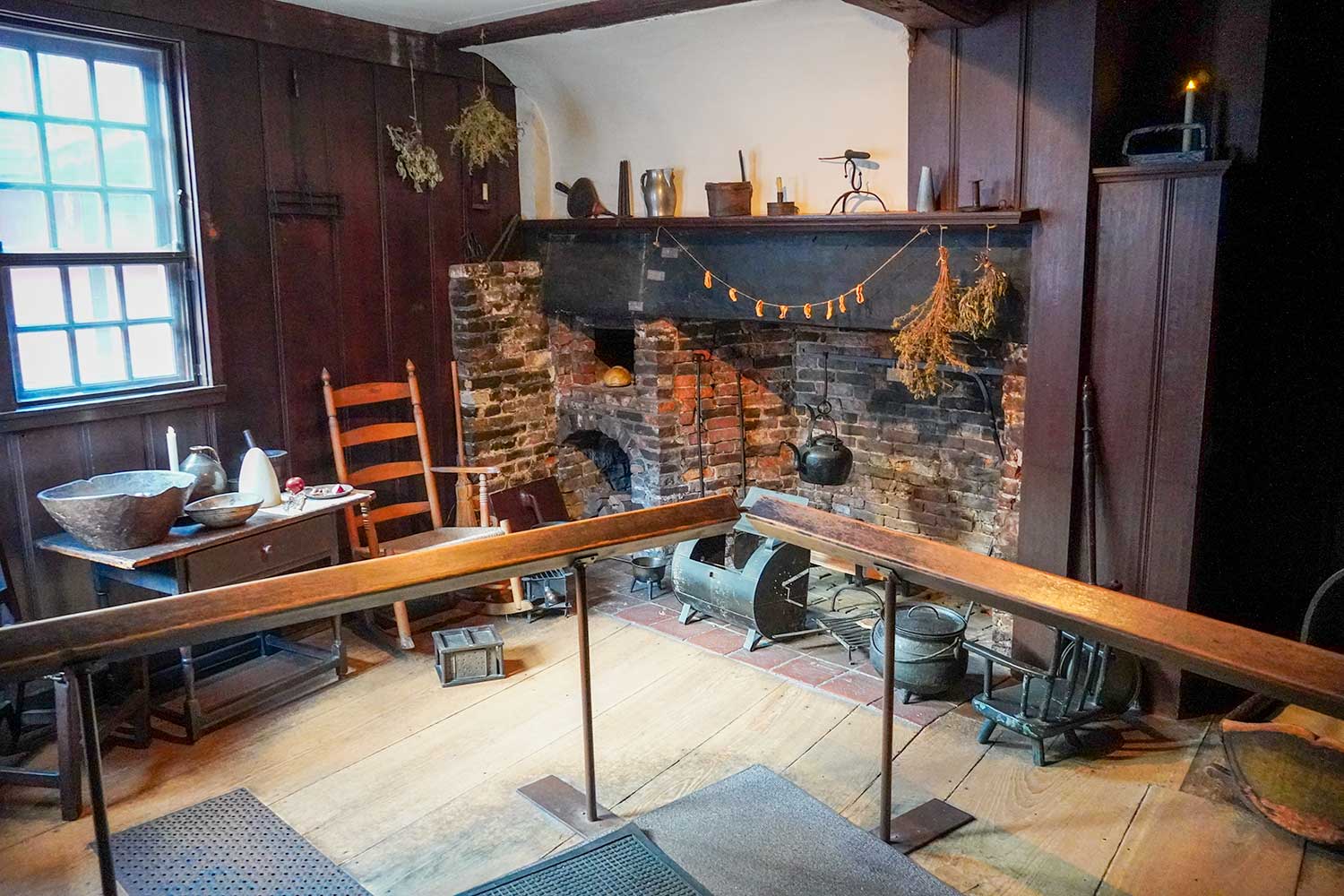 The entire complex is quite small, featuring the house, a courtyard, some displays, and a very small gift shop.
The entire complex is quite small, featuring the house, a courtyard, some displays, and a very small gift shop.
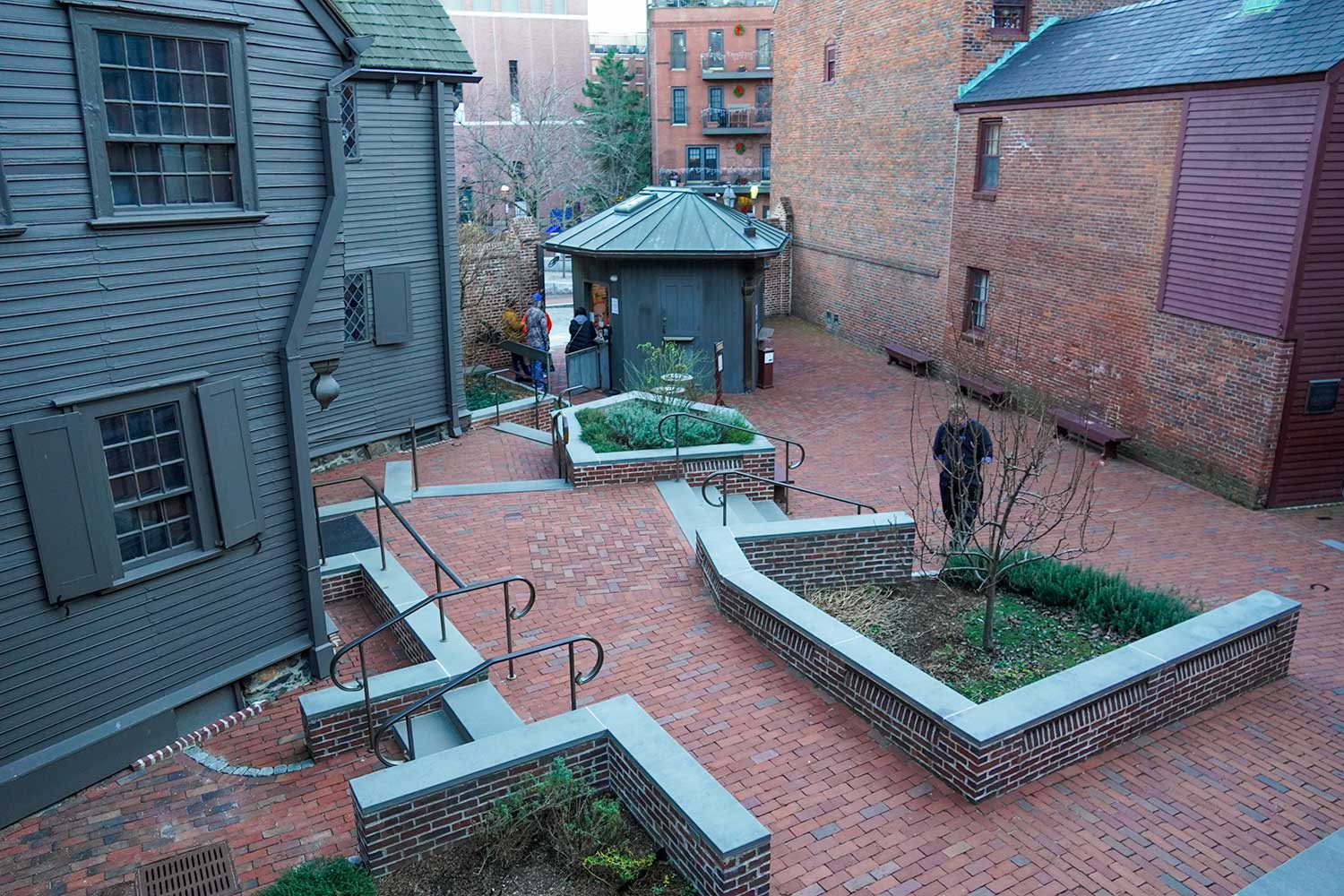 Numerous items belonging to Paul Revere are scattered throughout the courtyard
Numerous items belonging to Paul Revere are scattered throughout the courtyard
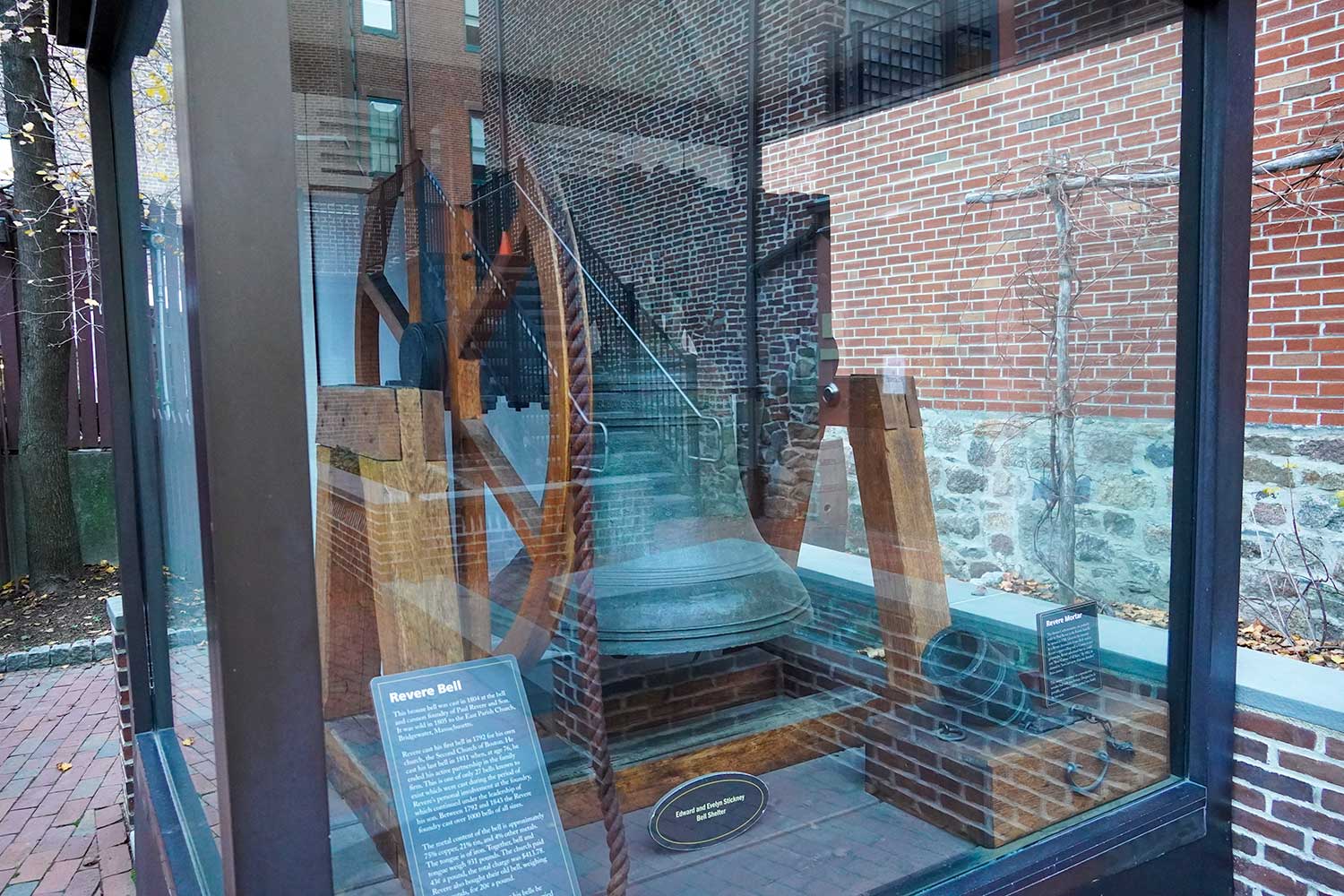 Throughout the entire experience, tour guides will be present at all times to narrate, answer questions, and provide some history.
Throughout the entire experience, tour guides will be present at all times to narrate, answer questions, and provide some history.
Rich in history and significance, the Paul Revere House is one of the quickest yet most enriching attractions to visit in Boston, Massachusetts.

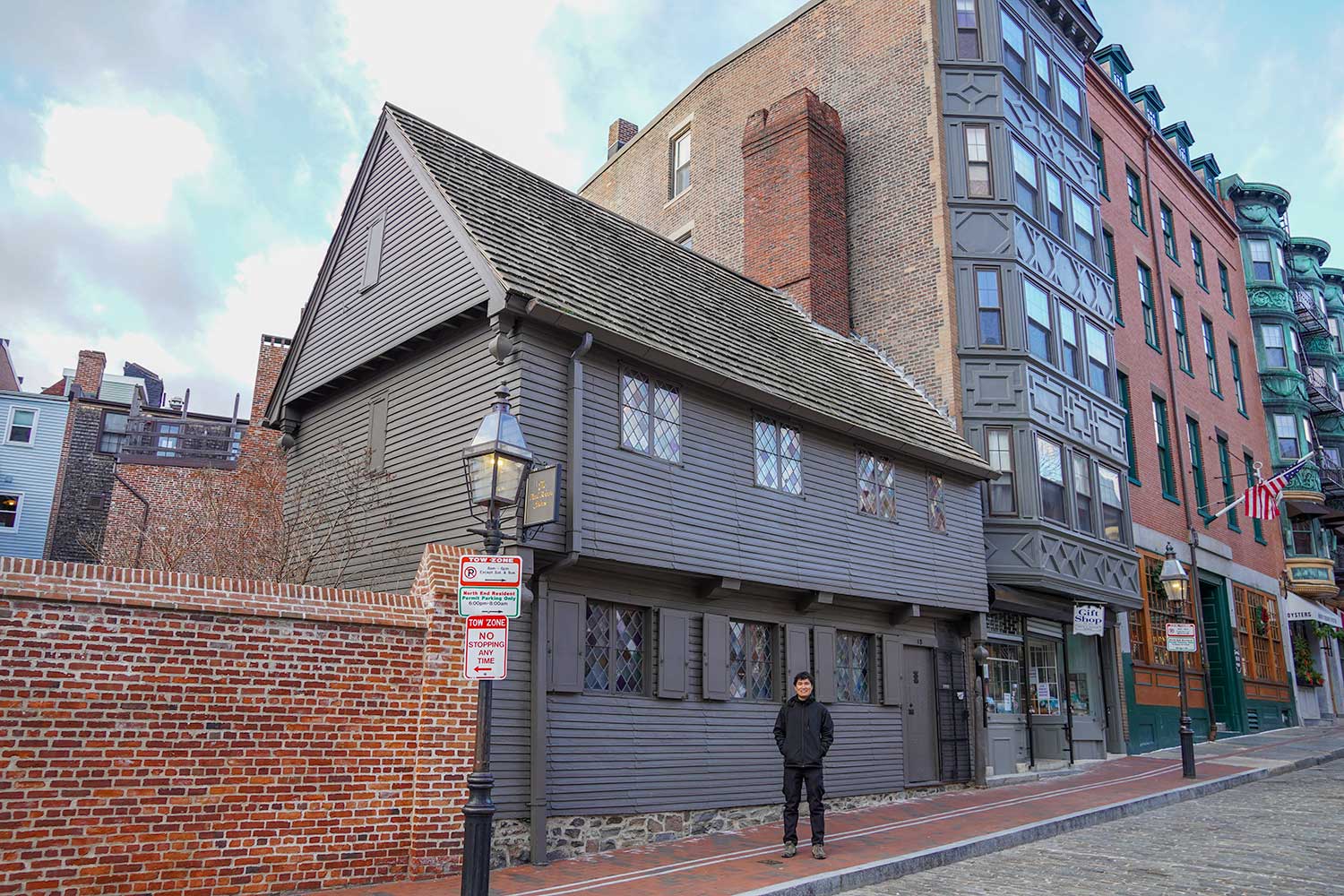
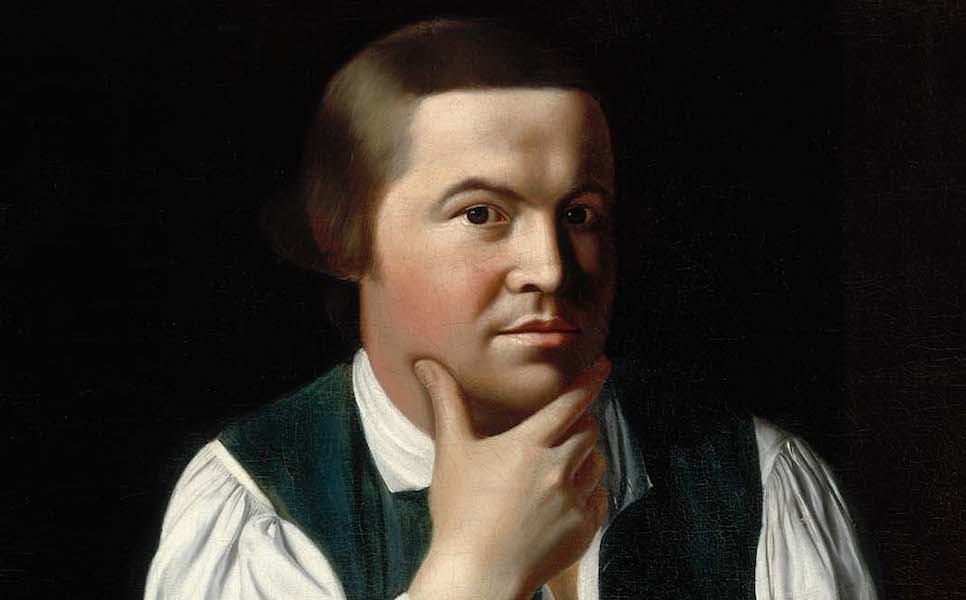
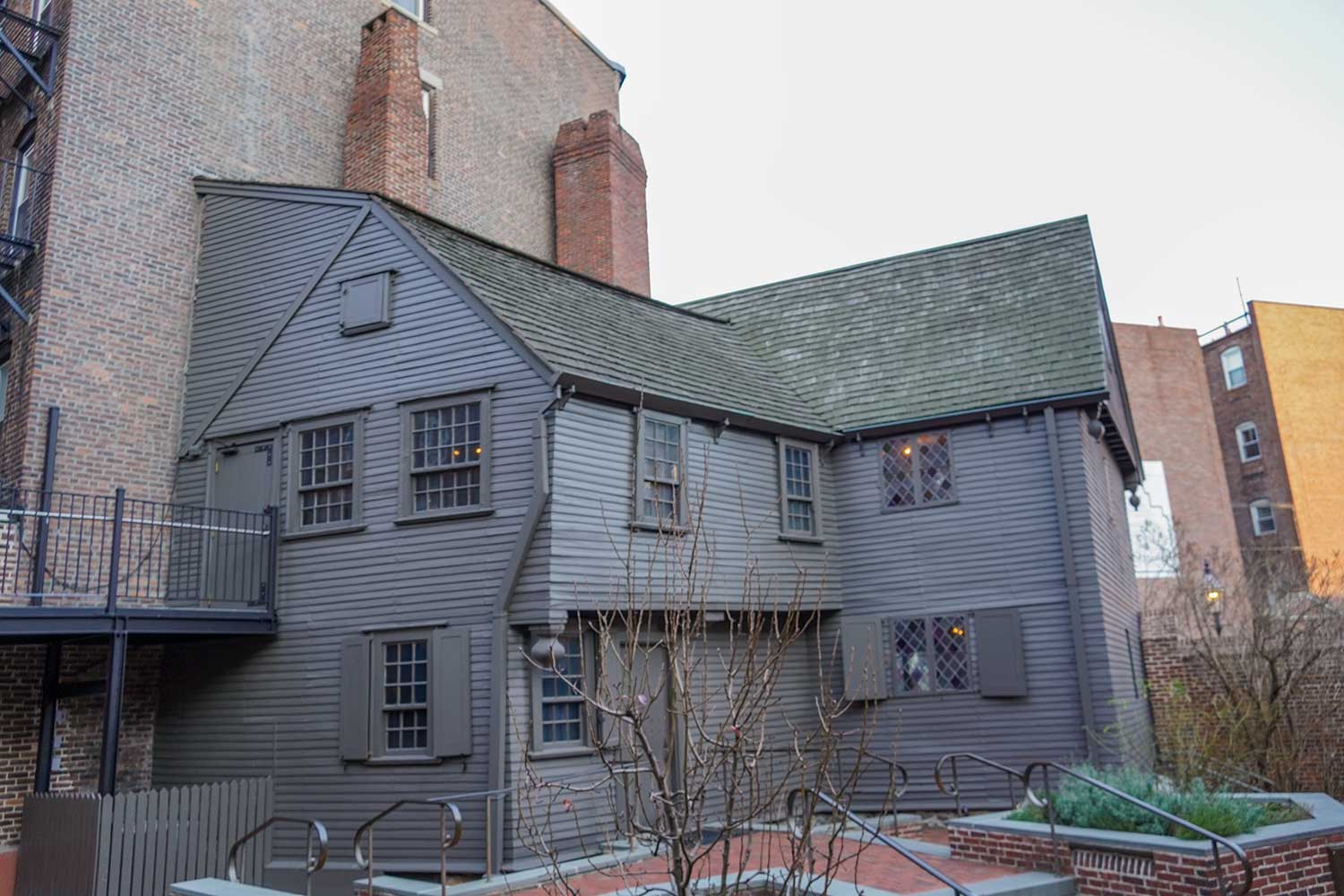
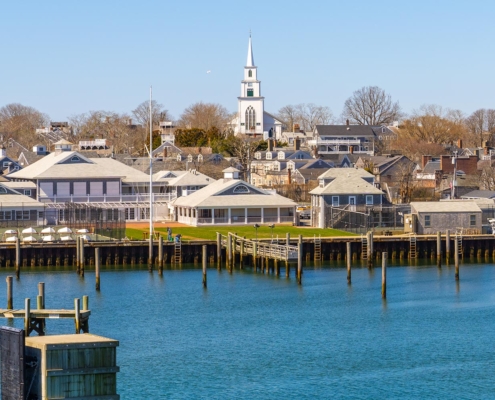 © Copyright - Ace Adventurer
© Copyright - Ace Adventurer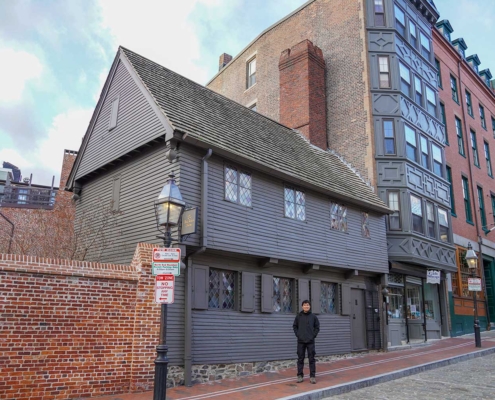 © Copyright - Ace Adventurer
© Copyright - Ace Adventurer © Copyright - Ace Adventurer
© Copyright - Ace Adventurer © Copyright - Ace Adventurer
© Copyright - Ace Adventurer
Leave a Comment
Want to join the discussion?Feel free to contribute!